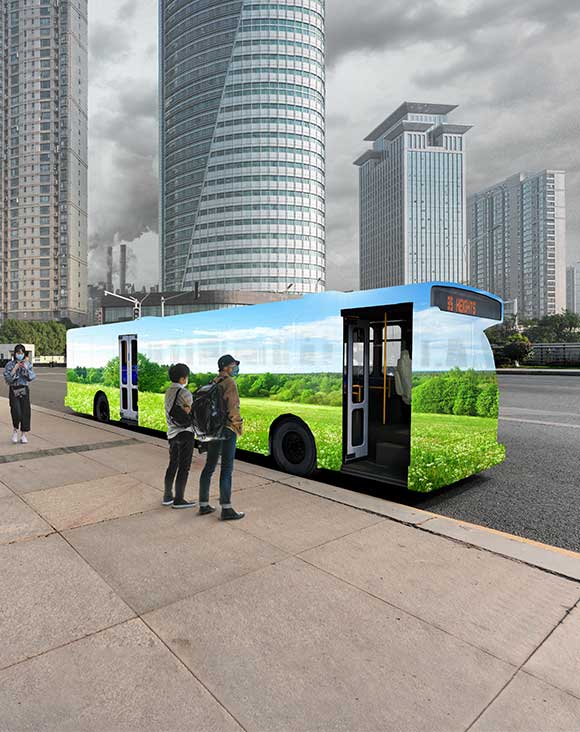Numerous indoor air quality (IAQ) products are available in the market today. The products span a wide range of technologies, have an expansive range of properties, and deliver a large array of performance outcomes, even within the same technology category. Each vendor reports its own performance results, usually derived from tests conducted under the vendor’s assumptions and chosen conditions. Furthermore, there are multiple performance criteria and different products may exhibit different relative performance with respect to different criteria, leading to trade-offs. These factors have led to significant confusion in the market: customers do not know what to believe, whom to trust, or which technology to select. Many marketing claims are misleading, invalid, outdated, unsubstantiated, or overly generalizing. It is no surprise that the CDC provides the following recommendation(1):
“Consumers should research the technology, attempting to match any specific claims against the intended use of the product. Consumers should request testing data that quantitively demonstrates a clear protective benefit and occupant safety under conditions consistent with the intended use. Preferably, the documented performance data under as-used conditions should be available from multiple sources, some of which should be independent, third party sources. Unsubstantiated claims of performance or limited case studies with only one device in one room and no reference controls should be questioned.”
Thermo King® has recognized the need for comparative evaluation of IAQ technologies in the bus HVAC marketplace and, in keeping with the CDC guidance, has recently devoted very significant resources to conduct expansive comparative testing of various IAQ technologies. All testing took place at an independent lab and the results were reviewed by a third-party ASHRAE fellow and member of the ASHRAE Epidemic Task Force consultant for confirmation. All technologies were evaluated in consideration of three main criteria:
- Safety for use around passengers and transit employees
- Suitability for use in a transit bus environment
- Efficacy in the reduction and inactivation of pathogens (both airborne and surface-bound)
We tested a broad range of technologies including filters, ultraviolet germicidal irradiation (UVGI), bipolar ionization (BPI), photocatalytic oxidation (PCO) – both traditional and graphene-enhanced, and dry hydrogen peroxide (DHP) generators. The tests were performed by an independent lab (LMS Technologies) in a 1,007 cubic foot chamber, which is one of the largest of its kind. The chamber is smaller than the real space in a transit bus (the chamber is approximately 1/3 the size of a typical transit bus cabin), so the airflow was scaled down accordingly to emulate the air changes per hour (ACH) in a transit bus. The testing conditions were varied to simulate different deployment scenarios that span the operating envelope of the bus HVAC system to ensure suitability for the transit bus application. For example, the simulated HVAC airflow was varied to correspond to different air changes per hour resulting from different HVAC fan settings. While it is impossible to simulate every possible situation and test every product in the various technologies, all our tests were evaluated under the same real-life simulation conditions, which allows for meaningful comparisons.
The technologies were tested against multiple types of contaminants that represented multiple categories, including viruses, bacteria, volatile organic compounds (VOCs), and particulates to emulate real-world conditions in which various levels of these contaminants could be present. We tested for the reduction of pathogens both in the air and on surfaces. For pathogen challenges, we used the MS2 Bacteriophage virus and the Staphylococcus Aureus bacteria. In laboratory tests, the MS2 is often used as a surrogate for the SARS-CoV-2, the virus causing COVID-19. The inactivation of these pathogens was measured using rigorous, scientifically accepted methods for sampling and culture and the reduction attained by air-cleaning devices was compared to natural decay. For VOC challenges, we used formaldehyde and toluene. We also monitored the potential generation of common byproducts (e.g., ozone, formaldehyde) during all tests.
What are the results?
Our results are documented in an extensive white paper that explains the differences between all the technologies and how they fared in the high airflow environment of a transit bus system.


